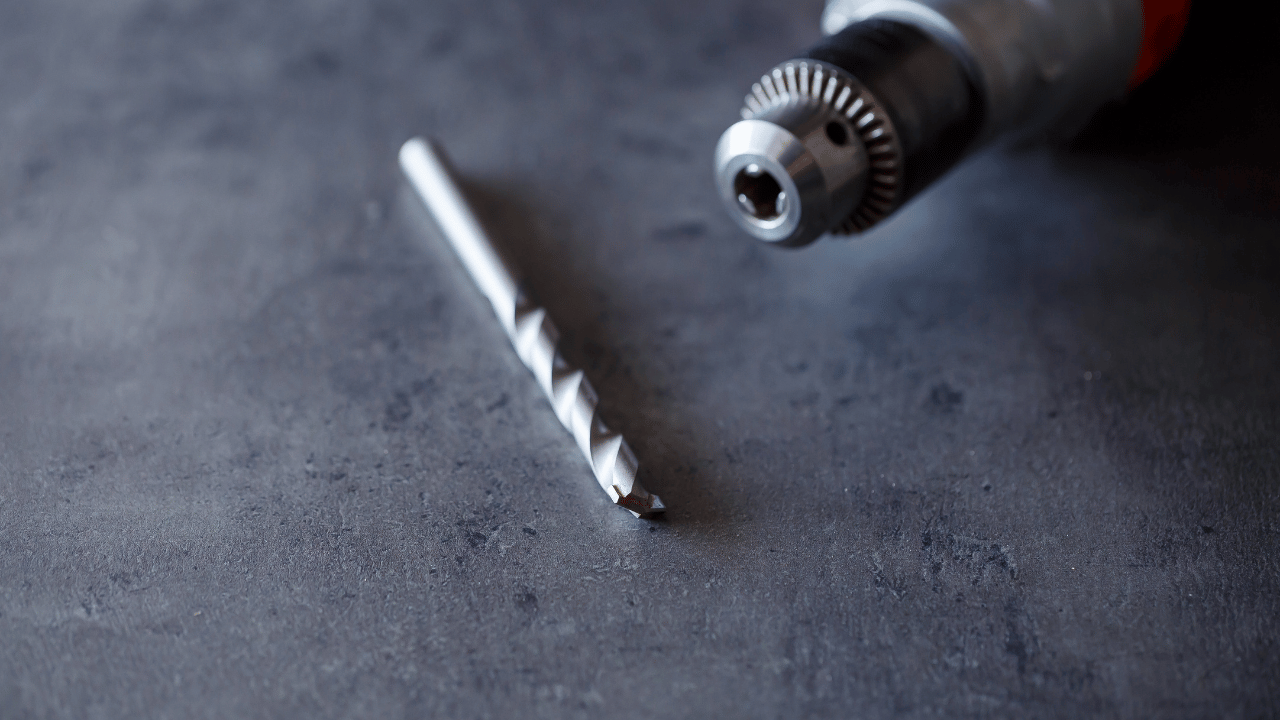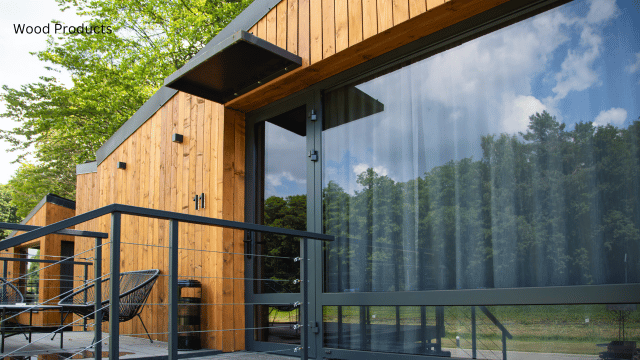As a homeowner or DIY enthusiast, there may come a time when you need to drill into concrete for various projects. Whether you’re hanging shelves, installing a TV mount, or building a deck, drilling into concrete can be a daunting task if you don’t have the right knowledge and tools. In this guide, I will walk you through the process of drilling into concrete, from understanding its importance to mastering the art of concrete drilling.
Understanding the Importance of Drilling Into Concrete
Concrete is a durable and sturdy material used in the construction of buildings, bridges, and various infrastructure projects. When it comes to drilling into concrete, it’s crucial to understand the importance of doing it correctly. The right drill and drill bit selection, along with proper safety precautions, can make a significant difference in the success of your project.
Types of Drills and Drill Bits for Concrete Drilling
Not all drills are created equal when it comes to drilling into concrete. You need a drill that is specifically designed for masonry work. There are two main types of drills commonly used for concrete drilling: rotary hammer drills and hammer drills. Rotary hammer drills are more powerful and ideal for larger projects, while hammer drills are suitable for smaller tasks.
Equally important is the selection of drill bits. For concrete drilling, you will need masonry drill bits made of carbide or diamond tips. These drill bits are designed to withstand the hardness of concrete and provide efficient drilling. It’s essential to choose the right size of drill bit based on the diameter of the hole you need to create.
Safety Precautions for Drilling Into Concrete
Before you start drilling into concrete, it’s crucial to prioritize safety. Concrete drilling can create dust and debris that can be harmful if inhaled. To protect yourself, always wear safety goggles, a dust mask, and ear protection. Additionally, make sure to secure the workpiece firmly to prevent any movement during drilling.
To avoid accidents, it’s also essential to locate any hidden electrical or plumbing lines before drilling. A stud finder or a professional cable detector can help identify these potential hazards. Lastly, never forget to unplug the drill or disconnect it from the power source before changing drill bits or making any adjustments.
Steps for Drilling Into Concrete
Now that you understand the importance of drilling into concrete and have taken the necessary safety precautions, it’s time to dive into the actual process. Here are the steps to follow:
- Mark the drilling spot: Use a pencil or marker to mark the exact spot where you want to drill. Double-check the placement to ensure accuracy.
- Secure the workpiece: If you’re drilling into a vertical surface, use clamps or a vice to secure the workpiece. For horizontal surfaces, use a non-slip mat or a workbench to prevent movement.
- Start with a smaller pilot hole: To create a guide for the drill bit, start by drilling a small pilot hole. Use a lower speed setting on your drill to prevent excessive pressure and overheating.
- Gradually increase drill bit size: Once the pilot hole is created, gradually increase the drill bit size to achieve the desired diameter. Apply steady and even pressure while drilling, but avoid forcing the drill.
- Clear the hole: As you drill, periodically pull the drill out to remove dust and debris from the hole. This will prevent clogging and ensure smooth drilling.
- Test the hole depth: Use a depth gauge or a piece of tape wrapped around the drill bit to determine the desired depth. Be cautious not to drill too deep, as it may weaken the concrete structure.
Common Mistakes to Avoid When Drilling Into Concrete
While drilling into concrete may seem straightforward, there are some common mistakes that can compromise the success of your project. By being aware of these pitfalls, you can avoid unnecessary frustrations and ensure a smooth drilling process. Here are a few common mistakes to avoid:
- Using the wrong drill or drill bit: As mentioned earlier, using the wrong drill or drill bit can lead to inefficiency and potential damage. Always choose the appropriate tools designed for concrete drilling.
- Applying excessive pressure: Concrete drilling requires a gentle and consistent approach. Applying too much pressure can cause the drill bit to overheat or break, resulting in poor drilling performance.
- Failing to clear the hole: Neglecting to clear the hole of dust and debris can lead to clogging and hinder the drilling process. Remember to periodically pull the drill out and remove any accumulated material.
- Drilling too close to the edge: Drilling too close to the edge of the concrete can cause it to crack or chip. Maintain a safe distance from the edges, typically around 2 inches, to avoid any structural damage.
Tips for Successful Concrete Drilling
To ensure successful concrete drilling, here are some additional tips to keep in mind:
- Use a hammer drilling mode: When using a hammer drill, make sure to engage the hammer drilling mode. This mode applies a pulsating force that helps break through the tough concrete surface.
- Apply water for cooling: Drilling into concrete generates heat, which can damage the drill bit. To prevent overheating, periodically apply water to the drilling area to cool down the drill bit.
- Take breaks when needed: If you’re drilling multiple holes or working on a large project, take breaks to allow the drill and drill bit to cool down. This will prolong their lifespan and prevent overheating.
- Use a vacuum or a dust extraction system: To minimize dust and debris, consider using a vacuum or a dust extraction system designed for concrete drilling. This will keep the work area clean and reduce the risk of inhaling harmful particles.
Using Anchors and Screws in Drilled Concrete
Once you have successfully drilled into the concrete, you may need to secure objects or structures using anchors and screws. Anchors provide stability and support, ensuring that your fixtures stay securely in place. Here are the steps to follow when using anchors and screws:
- Select the appropriate anchor: There are various types of anchors available, such as sleeve anchors, wedge anchors, and concrete screws. Choose the anchor that best suits your project requirements.
- Insert the anchor into the hole: Insert the anchor into the drilled hole, ensuring that it fits snugly. If using a screw-type anchor, tighten it using a screwdriver or a wrench.
- Attach the fixture or structure: Once the anchor is securely in place, attach the fixture or structure using screws or bolts. Make sure to tighten them adequately to ensure stability.
Tools and Equipment for Concrete Drilling
To successfully drill into concrete, you will need the following tools and equipment:
- Drill: Choose a rotary hammer drill or a hammer drill specifically designed for masonry work.
- Drill bits: Use masonry drill bits made of carbide or diamond tips. Select the appropriate size based on the diameter of the hole needed.
- Safety gear: Wear safety goggles, a dust mask, and ear protection to protect yourself from dust, debris, and noise.
- Clamps or vise: Use clamps or a vise to secure the workpiece firmly during drilling.
- Depth gauge or tape: Use a depth gauge or a piece of tape to determine the desired drilling depth.
Hiring a Professional for Concrete Drilling
While drilling into concrete can be a rewarding DIY project, some situations may require the expertise of a professional. If you’re dealing with complex structures, large-scale projects, or lack confidence in your abilities, it’s best to hire a professional concrete drilling service. They have the knowledge, experience, and specialized equipment to ensure precise and efficient drilling.
Conclusion: Mastering the Art of Drilling Into Concrete
Drilling into concrete doesn’t have to be intimidating. By understanding the importance of drilling into concrete, selecting the right tools and drill bits, following safety precautions, and avoiding common mistakes, you can successfully complete your projects. Remember to take your time, be patient, and practice the techniques outlined in this guide. With practice, you’ll master the art of drilling into concrete and confidently tackle any project that comes your way.


